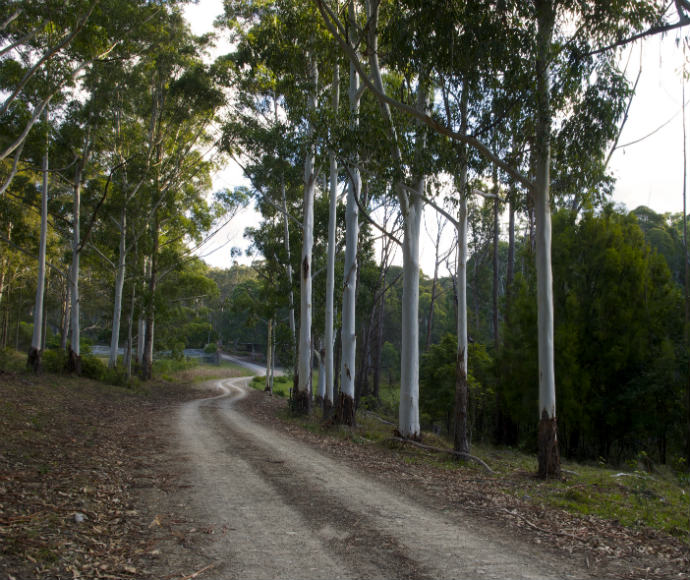- Airport charges to increase significantly due to Auckland Airport’s planned redevelopment
- Will mean additional upward pressure on cost of travel
- Tourism and trade to suffer
Qantas and Air New Zealand, the two largest customers of Auckland International Airport Limited (AIAL), have today united in their opposition to the scale and cost of Auckland Airport’s planned redevelopment and are calling for an urgent rethink of the plan.
AIAL announced in March this year that it would spend $3.9 billion on the initial phase of the airport redevelopment over the next 5-6 years. The cost of that redevelopment will be paid for by airport users.
Air New Zealand and Qantas have each provided AIAL with details of their network impact, underpinned by independent economic analysis. This shows the cost of the Airport’s planned redevelopment is predicted to increase airport charges to the point that air travel may become unaffordable for a significant number of travelers. This would impact both airlines, including Qantas’ subsidiary Jetstar.
AIAL has today made a market disclosure and published its increased aeronautical charges. Indicative per passenger charges will roughly double on international routes by the end of this five-year pricing period (FY27), and more than double on domestic. Given AIAL’s intention to spend billions more, there will have to be further significant increases to follow in the next pricing period, the extent of which AIAL has remained silent on.
Airports should be building their assets to fulfill the needs of their customers and the two major airline customers don’t agree with the scale and cost of the current plan. It’s also important to note that AIAL may have only released the first phase of the redevelopment plan, and it appears that the costs will keep climbing. One analyst estimates the overall costs for phases one and two of AIAL’s four phase master plan will likely be $6bn. As such there will be significantly more cost to come in the future.
“We all agree that some investment in Auckland Airport is necessary,” says Air New Zealand Chief Executive Greg Foran. “However, this is an enormous spend over a short period of time that adds almost no additional capacity. All it is expected to result in is more costs for everyone who uses, relies on, or passes through the airport, including the aviation industry, the tourism industry, the whole economy, and Air New Zealand’s passengers.”
“Airlines accept that investment is needed, but what AIAL is proposing goes far beyond what is needed or affordable,” says Qantas Chief Executive Alan Joyce. “Based on Qantas’ experience, the necessary first phase of this redevelopment could be delivered for significantly less than $3.9 billion, and we’re conscious that the final number will probably be higher, with cost overruns common to most large infrastructure projects.”
Industry analysis shows the longer-term pricing outlook for airfares is downwards as capacity constraints ease globally. However, cost pressures for the airline industry are increasing, limiting how far airfares can fall.
Both airlines are calling on Auckland Airport to reconsider its approach.
AIAL should invest efficiently and affordably in its infrastructure, building an airport that is useful and efficient for the airlines that use it. Air New Zealand and Qantas suggest:
- A pause on major growth programmes and their enabling projects while an affordable plan is developed, either through reducing cost or exploring a more workable funding and pricing model. There is a solution that provides a basis for sustainable growth and improving amenities over the medium term for AIAL, the airlines, and a better result for New Zealanders and the travelling public;
- Investing some of the profits AIAL earns from other services like parking and retail to pay for some of the project; and
- Prioritising reducing the impact of the cost of infrastructure so passengers and those who use airline services can afford to keep flying.








